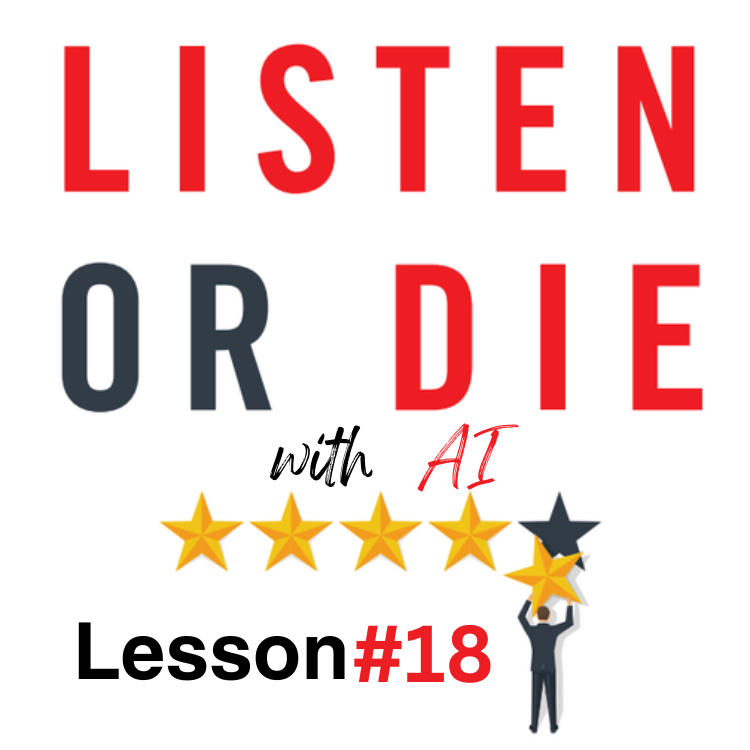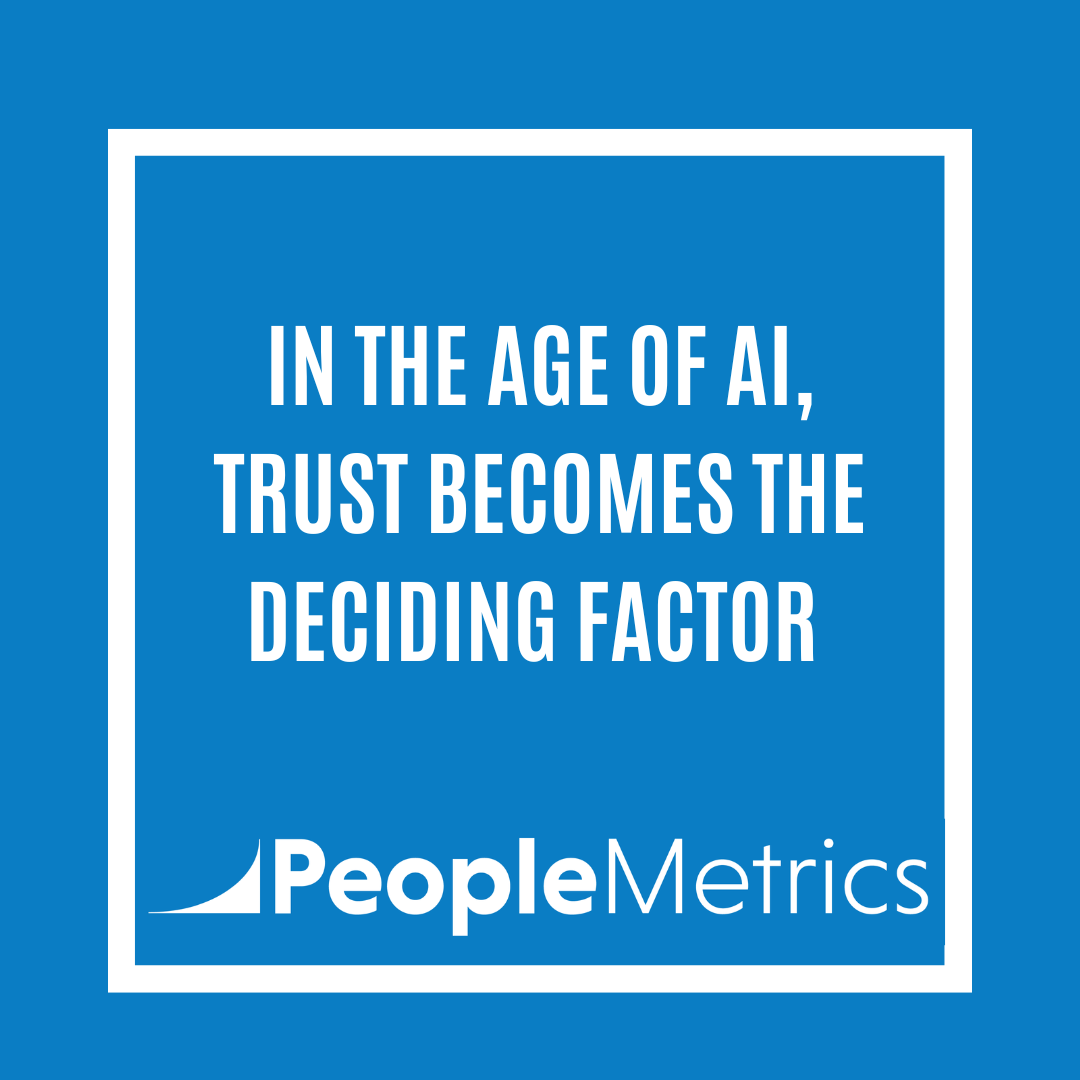Touchpoint mapping has always been a critical step in building a great VoC program.
It helps CX leaders identify the key interactions customers have with their company and prioritize where feedback is needed most.
But as AI advances, the way we approach touchpoint mapping—and what we can do with the data—has fundamentally changed.
AI-Powered Touchpoint Mapping: A Smarter Approach
Traditionally, touchpoint mapping has been a manual process—CX and market research teams brainstorm, list out all customer interactions, and then prioritize which ones to measure.
This definitely works, but it can be time-consuming and subjective. AI is changing that in three key ways:
- Automated Touchpoint Identification
AI can analyze customer interactions across channels—website visits, call center logs, chatbot conversations, social media mentions—and automatically identify and categorize touchpoints. Instead of CX teams relying on brainstorming sessions to map touchpoints, AI can provide a data-driven view of where customers are interacting with the business. - Predicting Moments of Truth
Not all touchpoints are equal. Some interactions cause more customer pain than others. AI can analyze historical feedback, sentiment trends, and churn data to pinpoint which moments in the customer journey are most likely to make or break the experience. This predictive approach allows CX leaders to focus their VoC efforts on the areas that will have the highest impact. - Real-Time Adaptation
Customer journeys aren’t static. New touchpoints emerge, and customer expectations shift. AI-powered VoC platforms can dynamically update touchpoint maps based on real-time data. If a surge in complaints about a billing issue occurs, for example, AI can flag that touchpoint as a new priority for measurement—ensuring CX teams stay ahead of emerging pain points.
AI Helps Avoid "Boiling the Ocean"
One of the biggest risks in touchpoint mapping is trying to measure everything at once. AI helps solve this by guiding CX leaders to focus on the interactions that matter most. Instead of spending months manually identifying every possible touchpoint, AI can quickly surface the most critical ones, allowing VoC programs to launch faster and deliver results sooner.
For example, a telecom company using AI-powered VoC might discover that customers who experience a service outage and then call support are 5x more likely to churn if their issue isn’t resolved quickly. With this insight, the company can prioritize post-outage support as a key moment of truth, ensuring follow-up surveys and service improvements are focused there.
The Human Touch in AI-Driven VoC
While AI significantly enhances touchpoint mapping, human expertise remains essential. AI can surface patterns, but it’s up to CX and market research leaders to interpret the insights and decide how to act.
Touchpoint maps should be regularly reviewed by humans who understand the company’s unique business context, customer expectations, and long-term strategy.
The Bottom Line
AI is revolutionizing touchpoint mapping, making it faster, more precise, and continuously adaptive.
Instead of relying solely on manual processes, CX and market research teams can now leverage AI to pinpoint critical interactions, predict moments of truth, and ensure VoC efforts stay focused on what truly impacts customer experience.
But as powerful as AI is, it’s not a replacement for human judgment—it’s a tool that makes CX leaders more effective.
Your Turn
How are you using AI to refine your customer journey? Let me know in the comments!





